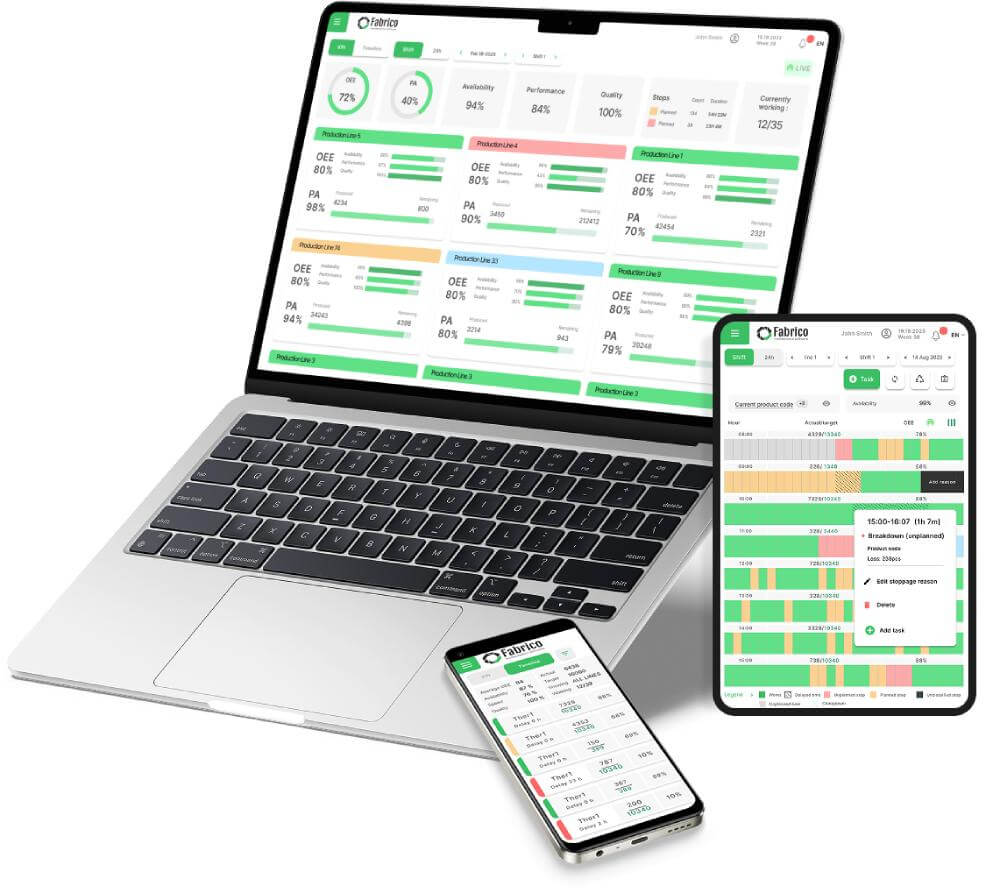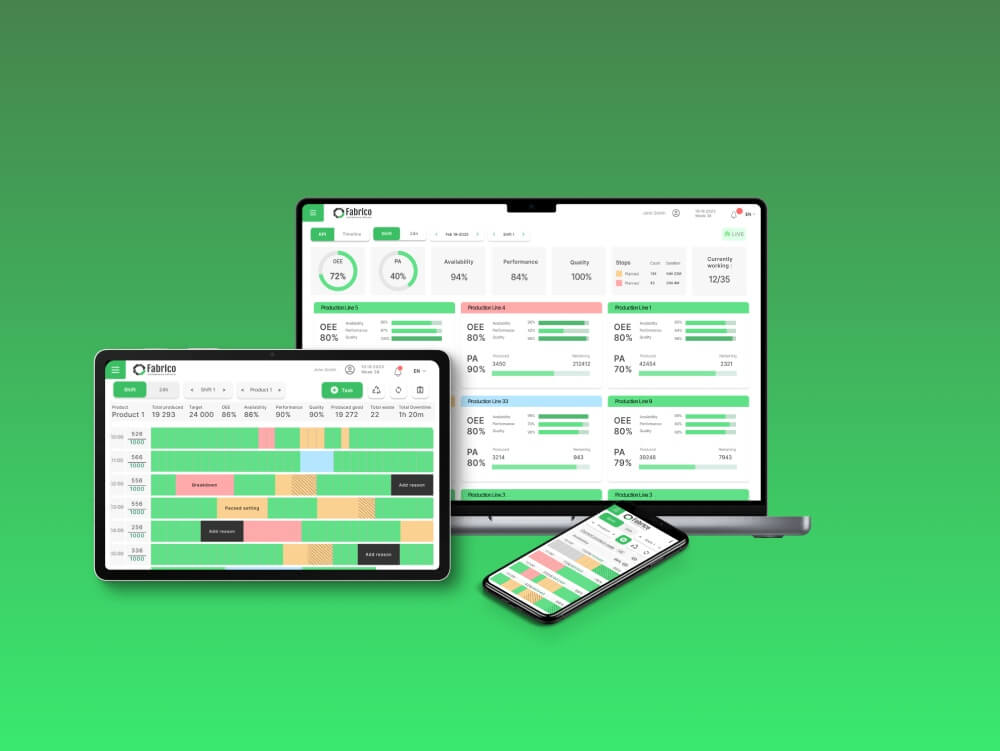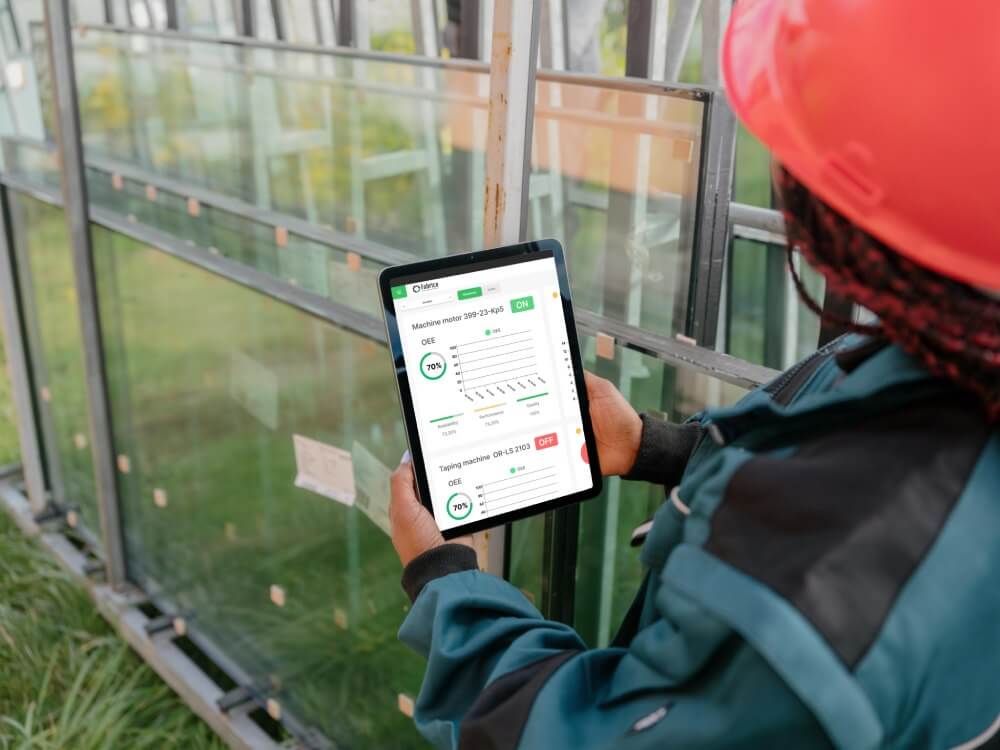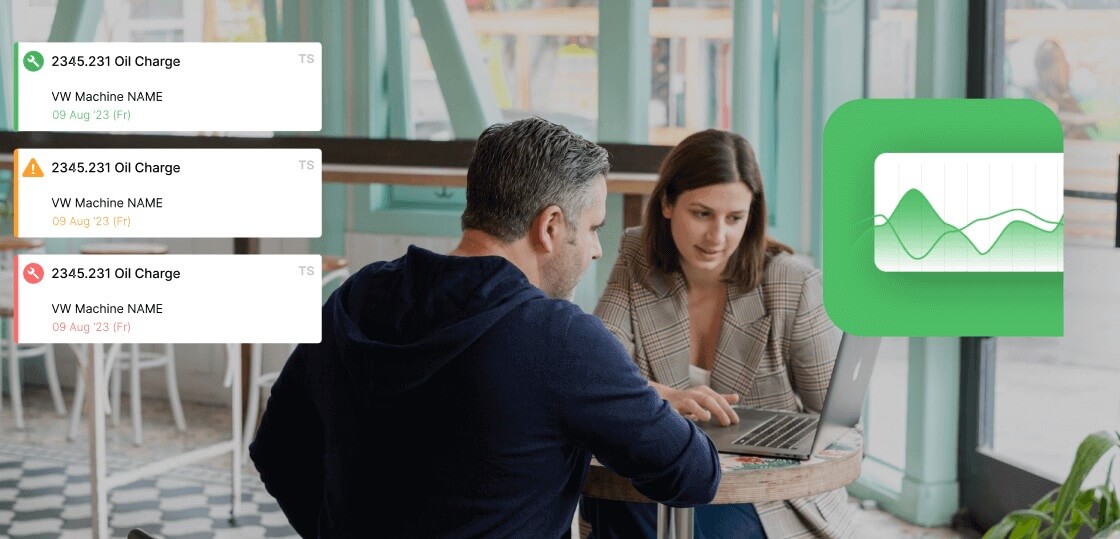Can't I just build my own OEE solution with BI tools?
While possible, it's often a trap. You get a dashboard (the diagnosis) but no integrated workflow to manage the cure (the CMMS). The total cost of ownership, including development, maintenance, and the lack of integration, is often far higher than an out-of-the-box solution.
What's the difference between an OEE solution and a full MES?
An MES (Manufacturing Execution System) is a massive, complex, and extremely expensive system that aims to manage every aspect of the production process. A modern OEE solution is a more focused, agile, and user-friendly system designed specifically to improve manufacturing efficiency and asset performance, often at a fraction of the cost and implementation time.
How do we justify the ROI of a complete OEE solution?
The ROI is typically justified by quantifying the cost of your current losses. A 5% reduction in unplanned downtime or a 10% increase in performance on a bottleneck machine can often translate into hundreds of thousands of dollars in increased production capacity, directly funding the investment.







